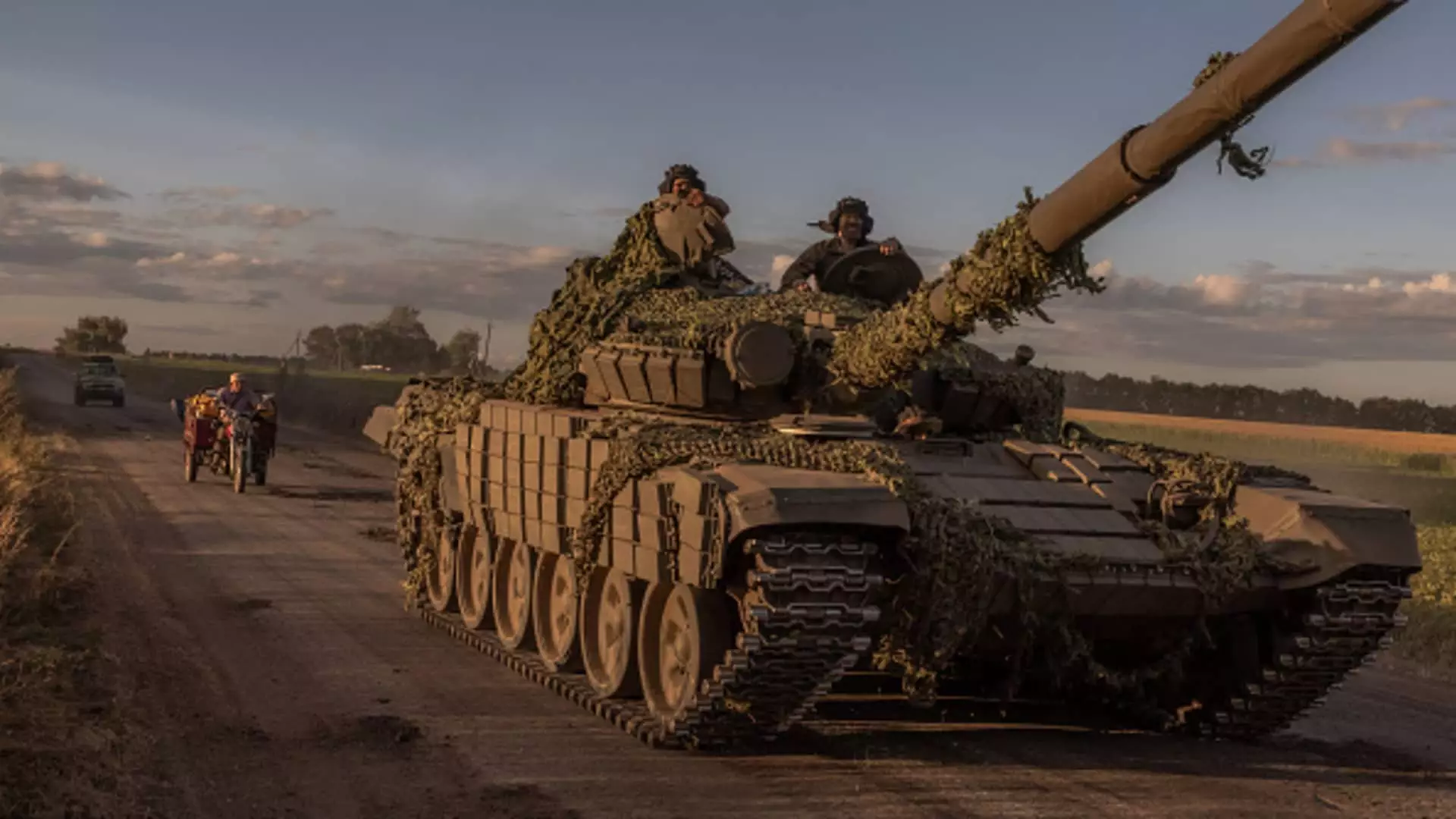As tensions in Eastern Europe escalate, the United States is poised to augment its support to Ukraine with a substantial military assistance package valued at $1.25 billion. This decision comes amid an environment of heightened urgency as the Biden administration races to finalize aid efforts before the transition of power scheduled for January 20. U.S. officials have indicated that the announcement regarding this latest military aid will occur on the upcoming Monday, a strategic move aimed at fortifying Ukraine’s defenses amidst an aggressive onslaught from Russian forces.
The impending package is noteworthy for its inclusion of a wide array of military supplies, particularly focusing on advanced munitions. This encompasses critical systems such as the National Advanced Surface-to-Air Missile Systems (NASAMS) and the HAWK air defense system, which are vital in intercepting aerial threats. Additionally, Stinger missiles and various artillery rounds, including both 155 mm and 105 mm calibers, underscore the U.S.’s commitment to enhancing Ukraine’s armaments in the face of mounting Russian aggression.
The backdrop of these aid discussions is characterized by an upsurge in Russian military operations targeting Ukraine’s vital infrastructure. Recent reports highlight a systematic campaign by Moscow to strike power facilities, although Ukrainian defense capabilities have demonstrated resilience, with a significant number of incoming missiles and drones reportedly intercepted. This scenario underscores the urgency of military support from Western allies as Kyiv grapples with the dual challenges of repelling attacks while maintaining essential services displaced by the conflict.
Moreover, attention has been drawn to the ongoing skirmishes in and around the Russian border area, particularly in Kursk, where a fierce struggle continues. The involvement of North Korean troops, reportedly sent by Russia to bolster its military efforts, adds a layer of complexity to the conflict and amplifies concerns regarding regional stability and security dynamics.
Amid these military developments, a cloud of uncertainty looms over future U.S. support for Ukraine. There are growing apprehensions within both U.S. and European leadership circles regarding the potential implications of a new administration under President-elect Donald Trump. His past remarks alluding to a preference for negotiation with Russia have raised alarms about the possibility of a less favorable settlement for Ukraine. The distinct worry is that his approach might jeopardize the military backing that Congress has authorized, casting doubt on the continuation of comprehensive support that Ukraine has come to rely upon.
The current aid package benefits from the presidential drawdown authority, which enables swift deployment of military supplies. This operational flexibility aims to ensure that the Pentagon can effectively respond to immediate needs on the ground in Ukraine. Adjusting to this immediate reality, officials express hope that ongoing U.S. aid will not only bolster military capabilities but also enhance President Volodymyr Zelenskyy’s stance in future diplomatic negotiations.
Though the current administration is intent on delivering support until the very last moment of its term, it remains imperative to address the remaining financial resources that might affect the incoming administration’s strategy. A remaining balance of approximately $4.35 billion in military aid still awaits allocation, while an additional $1.2 billion earmarked under the Ukraine Security Assistance Initiative represents longer-term funding that is set to influence weapon deliveries in the coming year.
As the U.S. rolls out this significant military assistance to Ukraine, the interplay of immediate military needs and impending political transitions shapes the future landscape of U.S.-Ukraine relations. The ultimate question remains: will the incoming administration sustain the existing framework of support, or pivot towards a radically different approach that could reshape the strategic balance in the region? The answers to these questions may have profound consequences for Ukraine’s ongoing struggle for sovereignty and stability.

Leave a Reply